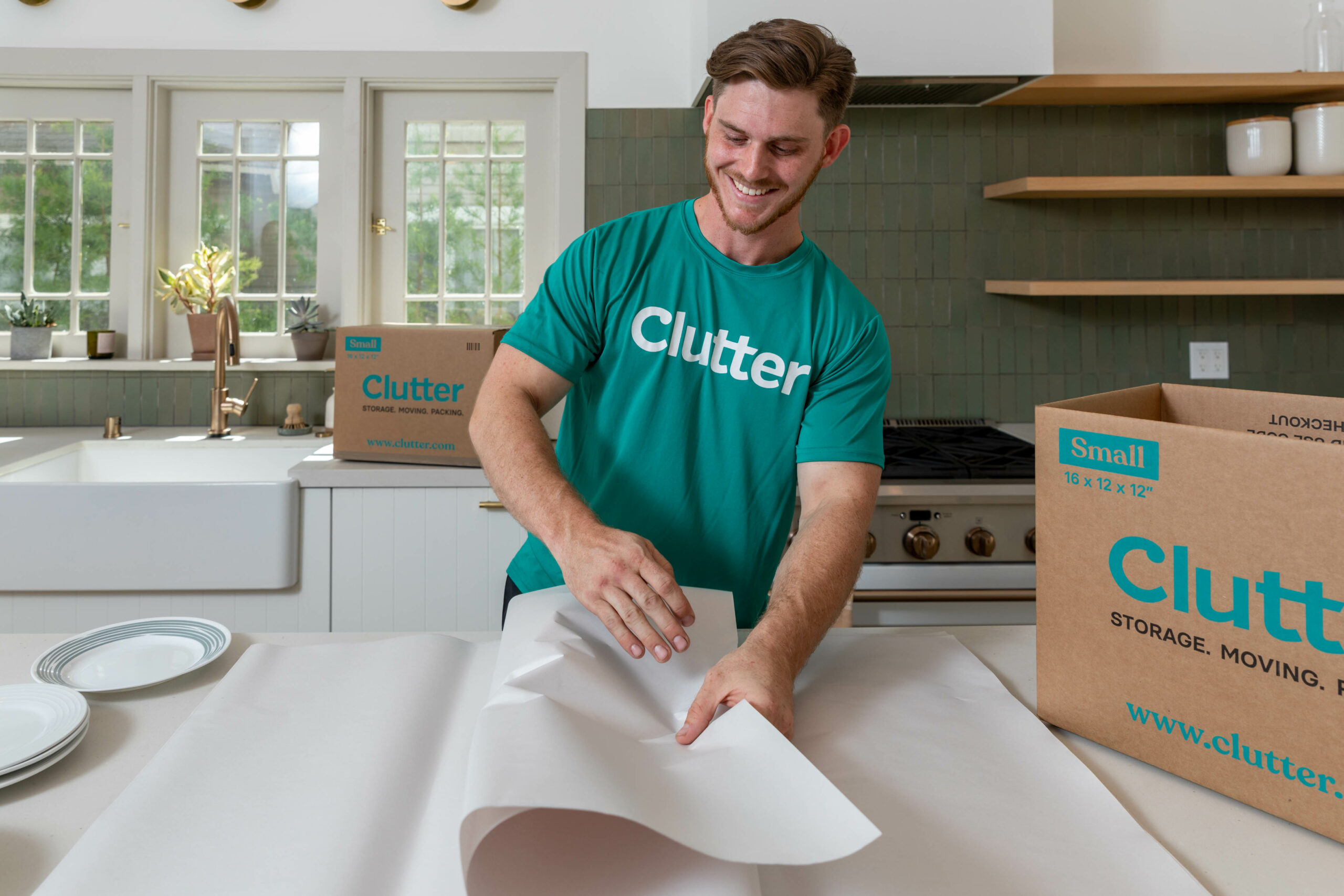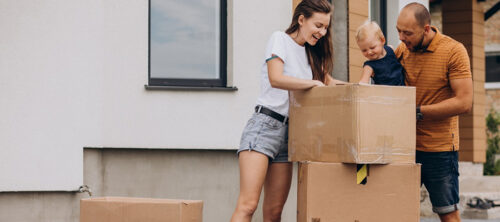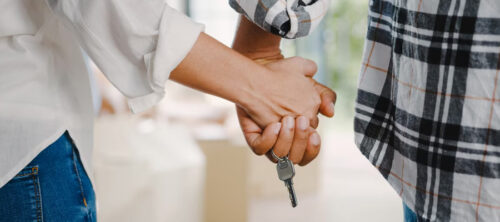Moving is already stressful enough but packing and relocating fragile items can further elevate your nerves and put you on edge.
Chances are high that you own several fragile items, so analyzing risks and exercising precautions is necessary to ensure everything arrives at your new home in one piece. Set aside an adequate amount of time to specifically focus on packing up your fragile items carefully and follow several tips to avoid running into a moving nightmare.
1. Prepare Before Packing
Before packing up any of your fragile items, get a rough idea of what delicate belongings you own and strategize how they can be packed up alongside similar objects.
Properly packing up your fragile items requires a good bit of time and shouldn’t be rushed. With enough preparation, you can pack up your delicate valuables in a protective manner that ensures everything will safely arrive at your new home.
2. Don’t Overpack Boxes
Cardboard boxes don’t last forever, so don’t rely on them to hold more weight than they should. If you’re worried about fragile items being damaged, pack them in sturdier cardboard boxes able to withstand the possibility of punctures or the shock of quick movements.
On the flip side, don’t leave empty space for fragile items to move around. The weight of your boxes should be minimized when possible, but items should be kept secure and snug throughout transportation, so packing supplies should be used to reduce the risk of fragile items banging together.
3. Protect Items with Packing Paper and Bubble Wrap
To protect your fragile items during a move, it’s imperative to stock up on packing materials beforehand. Packing paper is the first line of defense for fragile items, so use it in abundance as a shock-absorbing layer filling up empty space inside your boxes.
Providing your fragile items with a crucial second layer of protection, bubble wrap provides additional insulation to safeguard your goods during transportation.
4. Use a Variety of Box Sizes
While you might assume that buying boxes comparable in size would be advantageous for packing, it’s better to get an assortment of boxes that vary in dimensions.
Heavier items can be packed into smaller boxes with lighter items packed into bigger boxes on top. With variety, you can manage your space more suitably while securing boxes in the back of vehicles as they’re transported.
5. Pack Plates Vertically
Each of your plates should be wrapped in bubble wrap, secured with tape and then stored in a box vertically to reduce their surface area. Crumbled packing paper should be placed beneath, between and on top of all your plates. It’s essential to limit the amount of shaking that takes place during transportation by packing plates snugly into place.
Whenever possible, arrange to use boxes known as dish packs, which have thicker walls and offer better protection for valuable chinaware

6. Secure Electronics
Your fragile electronics may be some of your most valuable possessions, so it’s critical to secure them when packing. Back up digital data to safeguard against the worst-case scenario and use original boxes for packing if they’re still available to you. If you’re worried about wiring everything up correctly, take pictures of your devices before disconnecting them.
7. Wrap Cardboard Around Specialty Items
For large, oddly shaped delicate belongings, you may not have any boxes that’ll work for transportation. In cases such as these, you’d need to improvise a packing solution for fragile items.
First, wrap the fragile item in bubble wrap until it’s completely protected, making sure that all ends are covered well. Then place the item on pliable cardboard and bend the cardboard until its ends meet. If necessary, place additional pieces of cardboard on top of the item, bending the cardboard until your fragile object is secure.
Once it’s fully covered, use tape generously, wrapping the entire item with tape if it’s necessary. You want your makeshift package to be secure enough that your fragile object can’t slip out.
8. Know How to Safely Handle Broken Items
If any fragile items slip out of their boxes or break as they’re being moved, you need to proceed with caution.
When seeking to safely handle broken glass, confirm that no one was injured before doing anything else or immediately call for medical attention if there’s an emergency. Then clear everyone away from the broken glass and begin cleaning it up with a high-powered vacuum or safety gloves.
In the event of something else breaking, such as electronics or plastic cleaning bottles, respond accordingly. For broken electronics, check what works and assess whether it can be fixed before trashing the item. As for plastic cleaning bottles, isolate intact items covered in liquids so they can be cleaned up, remaining particularly vigilant when dealing with anything flammable. Above all, protect yourself and others from anything hazardous when dealing with broken items.
9. Label the Contents of Each Box
Not all of your boxes are going to contain fragile items, so you should clearly denote those that do and those that don’t. You’re likely going to have several people assisting you in your move, so it’s crucial to label what boxes should be handled with exceptional care.
10. Prepare for Unpacking
With adequate packing preparation and labeling, you should be ready to unpack effectively, but be mindful of developing a strategy for setting up your new home after moving.
It’s easy to be so focused on getting everything into boxes that you overlook how to eventually remove everything from boxes. For fragile items, keep a mental note on where particular items were packed so they don’t end up getting lost. It may help to label each box with rooms you’d like them to be carried into to keep everything organized.
Once everything is unpacked, determine what supplies you’re able to recycle and keep anything that could be valuable for transportation down the road.
Prioritize Packing Fragile Items with Care
To avoid damage, frustrations and the strains of seeking to safely transport your belongings in a move, identify potential issues and prepare in advance. You’re the most important factor in ensuring the protection of your fragile items, so plan ahead and pack appropriately.
AUTHOR: KACEY BRADLEY
Kacey Bradley is the blogger behind The Drifter Collective, an eclectic lifestyle blog that expresses various forms of style through the influence of culture and the world around us. Along with writing for her blog, she has written for sites like U.S. News, SUCCESS, Guides for Brides, Hotel Online and more!









